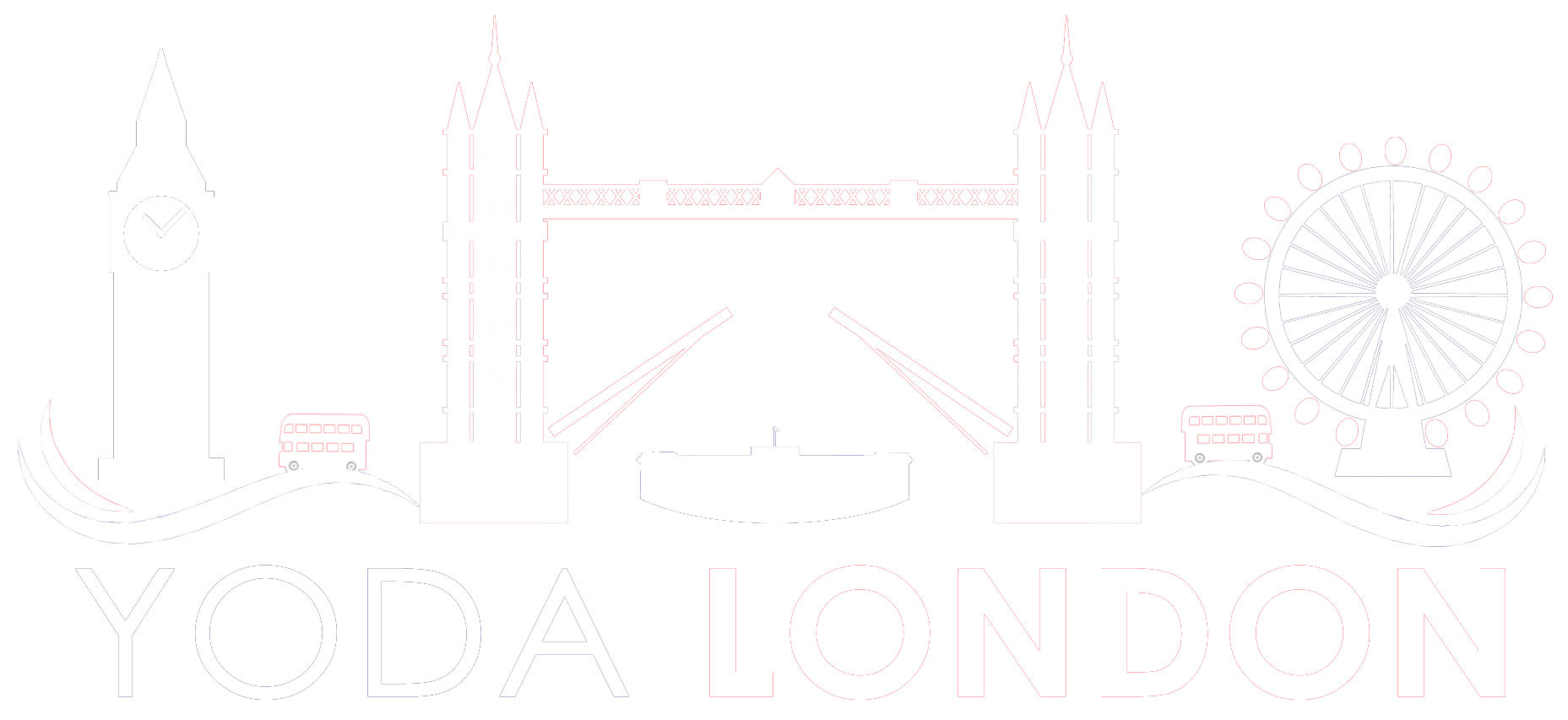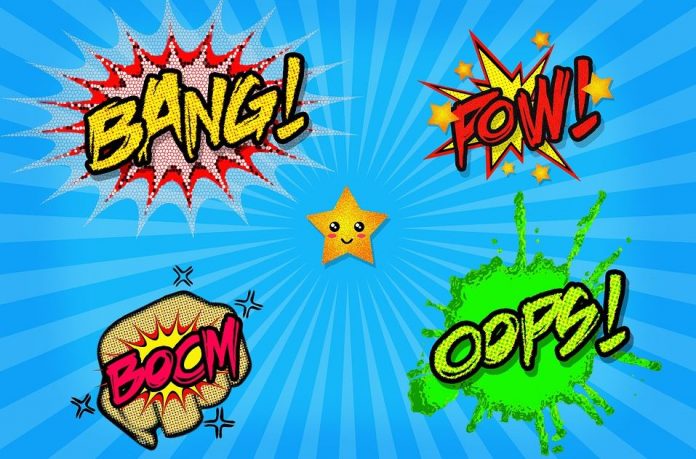Table of Contents
While going through Justice League comic books, you might encounter words such as ‘Boom’, Crash’, or ‘Splash’. These words denote sounds and are essential elements of sound every fiction writer should use in their write-up. Well, these words have a term called onomatopoeia. And in this blog, we will delve into this subject matter.
What Does Onomatopoeia Mean?
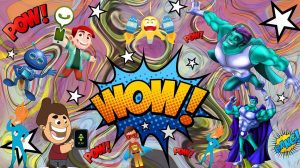 Onomatopoeia is a concept that refers to the formation of a word from the sound associated with its name. Words like sizzle and snap are excellent examples of onomatopoeia since they may be used to describe the sound inside the description and as verbs.
Onomatopoeia is a concept that refers to the formation of a word from the sound associated with its name. Words like sizzle and snap are excellent examples of onomatopoeia since they may be used to describe the sound inside the description and as verbs.
Applying the concept of onomatopoeia in your writing allows your readers to use their other senses to grasp what is going on. You want your readers to be involved in the story, and using onomatopoeia helps with the “show, don’t tell” approach that many authors use to enrich their stories.
For example, you can write: It took only uppercut from Joseph. Boom! And the attacker was put to sleep.
Issues with Onomatopoeia
In this section, we will analyze the issues with onomatopoeia. One of the major issues is overuse. Onomatopoeia overuse is usually caused by too many interjections of one-word statements. These can disrupt your writing’s pacing and pull your reader out of the plot. It’s easy for repetition to become cliched.
Another issue with onomatopoeia is word choice. The words you pick to describe sound should be appropriate for your book’s tone, target age range, and genre. In middle-grade and young-adult novels, onomatopoeia interjections are frequently utilized. For younger readers with a limited vocabulary, the diction must be simpler and easy to read.
If you cannot apply onomatopoeia, you can hire an essay writer for assistance.
Different Ways to Create Sounds
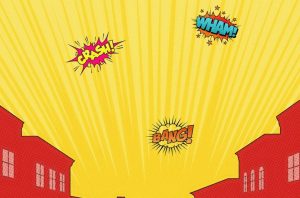 You may not think much about how to format onomatopoeia in your first draft, and that’s fine as long as you revisit it in the editing stage. However, it’s a good idea to receive comments from others as you revise so that more than one pair of eyes can read the words.
You may not think much about how to format onomatopoeia in your first draft, and that’s fine as long as you revisit it in the editing stage. However, it’s a good idea to receive comments from others as you revise so that more than one pair of eyes can read the words.
From the Perspective of First Person
Sounds in fiction are usually formatted in italics. It is normally advised that the author utilize the sound on its own if the context necessitates it to stand alone for emphasis. However, there are times when italics with dashes are used to describe sound in a first-person narrative.
You can also use italics and commas to highlight the onomatopoeia and create a “beat” when appropriate if you don’t want to utilize dashes while using a sound. This layout is similar to human speech and helps readers comprehend the importance of the sounds.
For example:
Crash!
When I raised my eyes, I couldn’t believe what I saw. “Did you happen to notice that?” At the table, I mentioned something to my table companion. “He was walking to the kitchen one minute, and then- smash- he ran right through the glass door.”
And the alternative example would be:
He was walking to the kitchen one minute and then smashed; he ran right through the glass door.”
From the Perspective of Third Person
The criteria for structuring onomatopoeia in the third-person narrative are identical to those for the first-person narrative in terms of employing dashes. However, some writers like to use them, while others do not. Whatever you decide, be sure it is consistent and reads correctly.
Pop! The champagne cork bounced off the wall as Jimmy and his team celebrated their latest victory over their arch-rivals.
Hopefully, you have some idea how to use the sounds in a sentence. Meanwhile, if you face any difficulty while writing the essay, you should seek essay help without any hesitation.
How to Use Onomatopoeia Effectively?
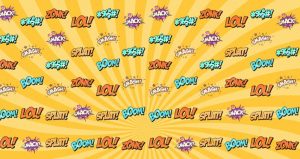 In this section, we will take a look at the effective use of onomatopoeia as verbs, nouns, and adjectives. Using these words rather than sprinkling in interjections is significantly more effective. Moreover, because it’s part of the overall flow of your descriptions, it won’t make your reader’s attention away from the plot.
In this section, we will take a look at the effective use of onomatopoeia as verbs, nouns, and adjectives. Using these words rather than sprinkling in interjections is significantly more effective. Moreover, because it’s part of the overall flow of your descriptions, it won’t make your reader’s attention away from the plot.
Verbs as Onomatopoeia
Adjectives aren’t the only thing used for describing an object or event. The best method to demonstrate instead of telling is to use forceful, active verbs. They assist in setting the tone by allowing the reader to completely feel a situation. They also help to make your writing more specific.
For example:
- The cabinet doors were opened, displaying chipped cups and forgotten plates. The garbage can was overflowing with trash, and flies buzzed around it. Water dripped from the faucet into the filthy sink.
- As she gazed out the window, she gasped. He had returned home.
- He hissed at me as I tried to flee. I took a backward step. He was trembling and panting with discomfort. His wounded eyes glowed with fear, and blood dripped from the corner of his mouth.
The onomatopoeia samples let us see each of these settings much better.
Adjectives as Onomatopoeia
Onomatopoetic adjectives should be used with caution, but they can be quite effective:
- I took a stroll outside despite the drizzling rain and rumbling
- Squealing piglets and bleating sheep filled the barn.
- With the cacophonous band and orchestra classes, the middle-school teachers avoided the hallway.
When you want the reader to pay special attention to the atmosphere in your narrative, use them.
Nouns as Onomatopoeia
We don’t have to use verbs to describe sounds. Onomatopoetic terms can be employed as nouns in a variety of ways. These, too, give your descriptions a sense of realism and specificity.
Some instances are as follows:
- From the other room, a crash was heard, followed by scrapes and clangs.
- With a splash and a happy chortle, he jumped into the water after me.
- The shops are alive with chatter and jingles in December, as well as pleasant wishes of “Happy Holidays.”
Generic words like sound and noise could be used instead of these onomatopoeic nouns. However, there are many various sorts of noise, and it can be difficult for your reader to imagine the correct effect. Your reader will be able to hear the sound in their head if you use a precise phrase that echoes it.
A Few More Onomatopoeia for You to See
In this section, you will get to see a few more examples of onomatopoeia.
- Why are you chirping unnecessarily?
- You can order your favorite dishes at the click of a button.
- Mind the creaky stairway (typically used in haunted stories)
- Ding-dong! Alex jumped from the sofa to open the door.
- He let out a huge grunt as he pushed the car.
- The scoop of ice cream fell on the floor with a splat!
Hopefully, you have an in-depth knowledge of onomatopoeia after going through this blog. If you need further help, you should hire an essay writer. They will help you with resource gathering, citation, formatting, and much more. Onomatopoeia is a word pronunciation, that follows its sound.
